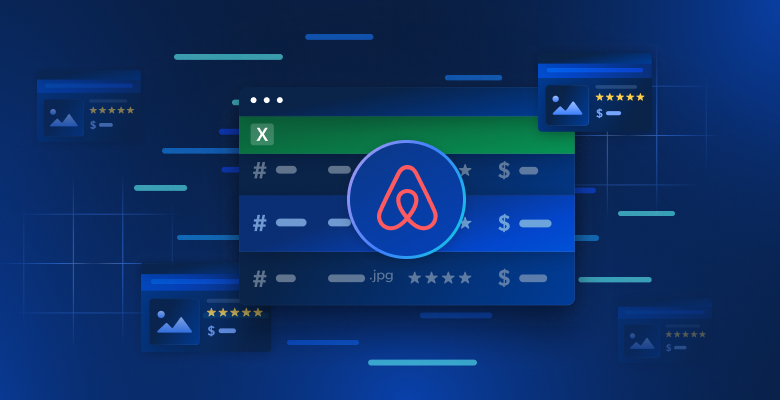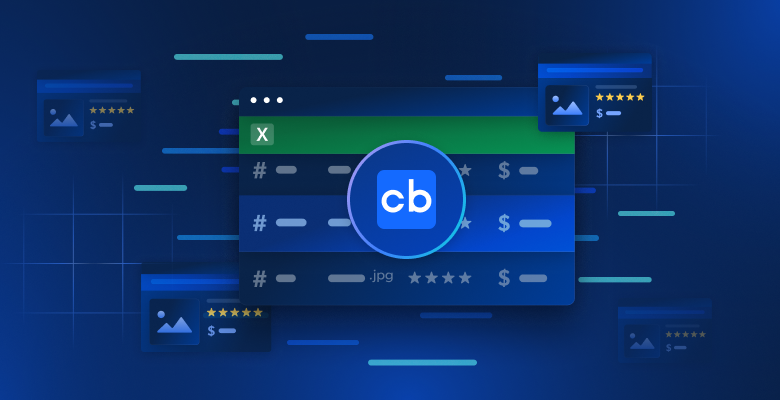In this article we will discuss 3 quick ways in which you can improve your data collection using dedicated tools:
- #1: Automate your data collection
- #2: Leverage ready-to-use datasets
- #3: Unleash the power of search engine data
#1: Automate your data collection
Many successful business managers try to accomplish everything themselves, but at some point, it becomes too much to handle independently. Any professional or business that wants to thrive knows that delegating tasks is crucial. Sometimes you delegate to employees, and other times you leverage powerful tools, and technology.
Instead of manually managing a team of DevOps professionals, I recommend that you completely outsource, and automate your data collection needs. This will enable you to focus more of your time, and energy on business strategy, and operations.
Bright Data’s Web Scraper API is a completely automated data collection tool that helps you set into motion fully automated data collection jobs. Some of this solutions’ key benefits include:
- Being able to make large amounts of simultaneous requests
- Retrieving open source public data within seconds
- Being able to turn data collection jobs ‘on’, and ‘off’ based on your company’s real-time needs
- Being able to scale data collection volume (up or down) without having to worry about hiring additional staff or expanding your physical servers holdings
- Datasets are ready-to-use, and delivered in your format of choice directly to the ‘consumer’ on your team that requires access
#2: Leverage ready-to-use datasets
‘Standing on the shoulders of giants’ is a metaphor that means utilizing that which came before us as the basis of building something great ourselves. Many entrepreneurs believe that they need to create something from scratch in order to be successful. This is simply not true. Using that which already exists as a foundation can save precious resources, and produce better results, quicker.
This same principle can be applied to data collection. Many companies believe that they need to think of ‘unique’ datasets in order to gain a competitive informational advantage. While this is true in some cases, it is not true in all cases. You operate in the context of an industry of competing corporate entities who are after similar datasets. So imagine if instead of going through the trouble of collecting the datasets you want access to, you could just ask for an already existing one.
This was precisely the idea when Bright Data rolled out ‘Datasets’ which are essentially pre-collected data points of entire websites. The key benefits of this option include:
- Speed – You can get a complete snapshot of an entire website in seconds
- Structured – The datasets are structured, and ready-to-use in your format of choice (parsed JSON, CSV, or Excel)
- Access – Using a large data network that has collected, and cross-referenced datasets multiple times on the same website for different companies, means that you have access to data points that are often unavailable to you when you collect data independently
#3: Unleash the power of search engine data
Many companies are performing data collection but very often either overlook the importance of search engine data or simply do not have the necessary technical know-how or infrastructure.
Search data is a category unto itself and can be used to corroborate consumer hypotheses, and cross-reference with other more ‘concrete’ or numerical-based datasets. For example, if a company is collecting pricing data on flights to Paris and then cross-references that with search data and sees a trending query the likes of ‘best Paris Christmas vacation deals’. They can then use both of these datasets to create a richer, more competitive, and relevant offering to consumers.
This is where Bright Data’s SERP API comes in. The key benefits of this solution include:
- Being able to access real user search queries, and search results for any keyword, and on any search engine with the click of a button
- Collecting search datasets from a real user perspective using laser-focused geotargeting so that you can see what a consumer in New York City sees on his results page, and what a shopper in Beijing is seeing for the same product
- Monitoring a wide variety of data types from text, and image-based to maps, and shopping-based results
The bottom line
Adding an additional tool to your current data collection suite can help make your efforts more efficient, and add new layers of automation and a previously unattainable user perspective.







